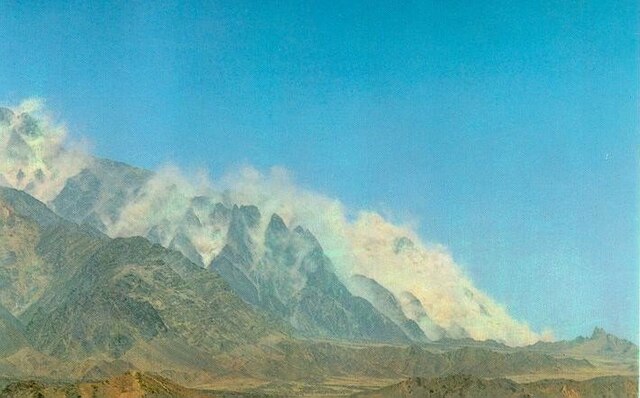Latest
Unveiling the Majestic Icebergs: Nature's Frozen Giants
In the vast expanses of the world's polar regions, a mesmerizing spectacle unfolds – the enigmatic icebergs. These colossal formations of ice, drifting in polar waters, command attention with their sheer size and otherworldly beauty. As we delve into the fascinating world of icebergs, we discover the tales they tell, the impact they have, and the delicate dance they perform with the forces of nature. The Tip of the Iceberg: An iceberg is not merely an isolated mass of ice; it's a piece of a larger puzzle. Formed from glaciers that calve into the ocean, these frozen behemoths are only the visible portion of a much larger ice structure beneath the water's surface. In fact, approximately 90% of an iceberg lies submerged, hidden from the naked eye. The visible tip, while imposing, is just a glimpse into the immense mass beneath. Nature's Sculptors: Shaped by the relentless forces of wind, water, and temperature, icebergs come in an array of shapes and sizes. Some feature towering spires, while others boast smooth, sculpted curves. The unique forms are a testament to the complex dynamics of ice formation and the powerful influence of the elements. Each iceberg tells a story of its journey, with patterns and textures offering a glimpse into its glacial origins. A Symphony of Hues: One of the most captivating aspects of icebergs is their varied color palette. Ranging from pristine whites to ethereal blues, the colors are a result of the ice's compression and the presence of air bubbles. The interplay of sunlight and ice crystals further enhances these hues, creating a visual symphony that captivates onlookers. Navigating the High Seas: Icebergs embark on a slow and stately journey, guided by ocean currents and wind patterns. Drifting through polar waters, they navigate the open seas, posing both a peril and a spectacle for mariners. The Titanic's ill-fated encounter with an iceberg in the North Atlantic serves as a haunting reminder of the potential dangers these frozen giants can pose to seafaring vessels. Climate Change and Iceberg Dynamics: In an era defined by climate change, the fate of icebergs is intrinsically linked to the warming of the planet. The accelerated melting of polar ice caps contributes to increased iceberg calving, altering the dynamics of polar ecosystems and impacting global sea levels. Icebergs become not just symbols of natural wonder but also indicators of the environmental challenges our planet faces. A Delicate Ecosystem: Icebergs host a unique ecosystem, with algae, bacteria, and other microorganisms thriving on the ice's surface. These microscopic inhabitants attract marine life, creating a vibrant ecosystem in the otherwise harsh polar environment. As icebergs melt, they release freshwater, influencing the ocean's salinity and nutrient distribution, further influencing marine life. Preserving the Majesty: While icebergs captivate the human imagination, their existence is imperiled by the effects of climate change. The urgency to preserve these frozen wonders is not merely about protecting a spectacle; it's about safeguarding the delicate balance of our planet's ecosystems. In the grand theater of nature, icebergs stand as frozen ambassadors, echoing the tales of polar landscapes and bearing witness to the changing climate. As we marvel at their grandeur, let us also reflect on the responsibility to protect these majestic formations, ensuring that future generations can share in the awe-inspiring beauty of nature's frozen giants.
























Facebook Comments